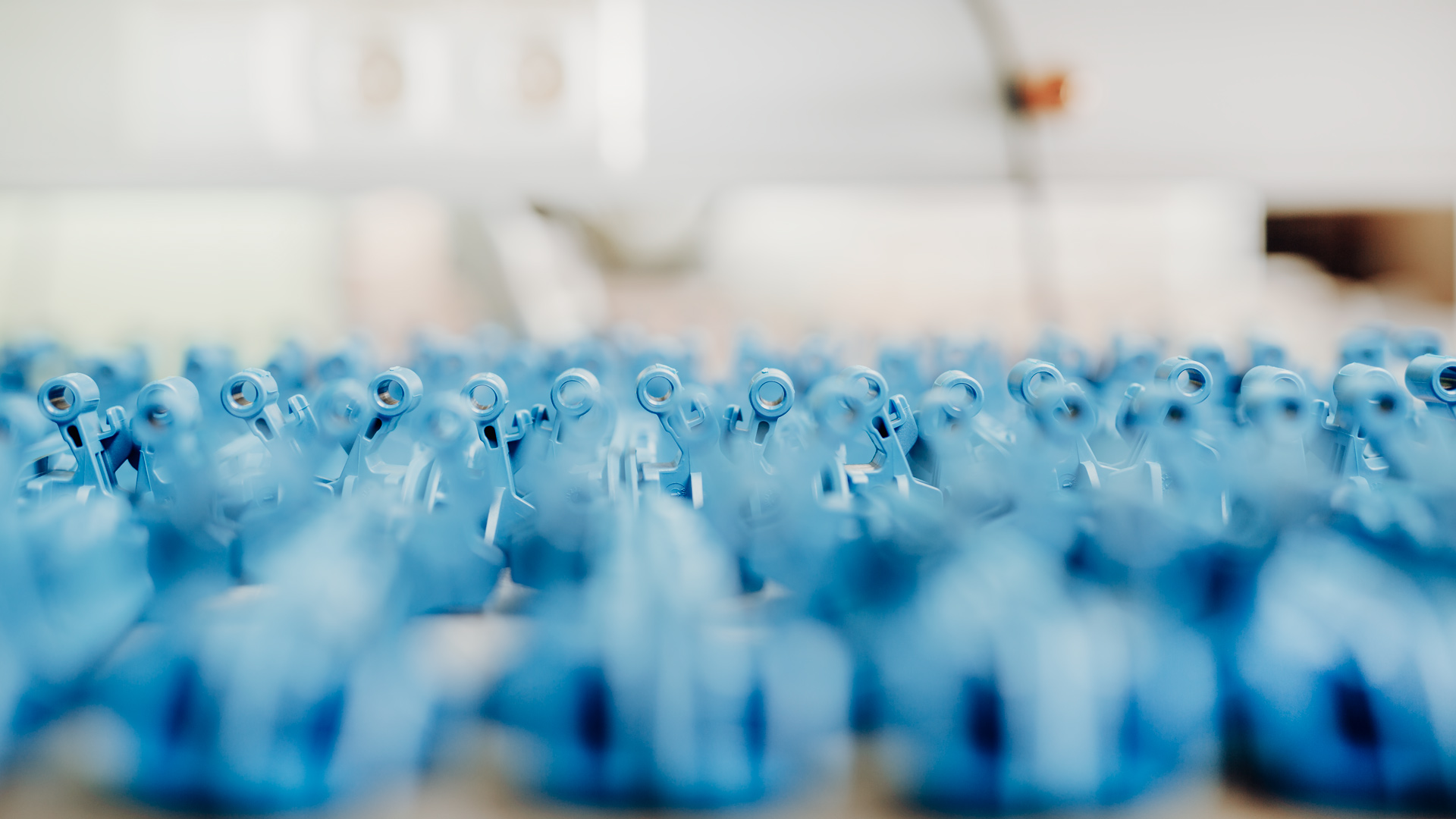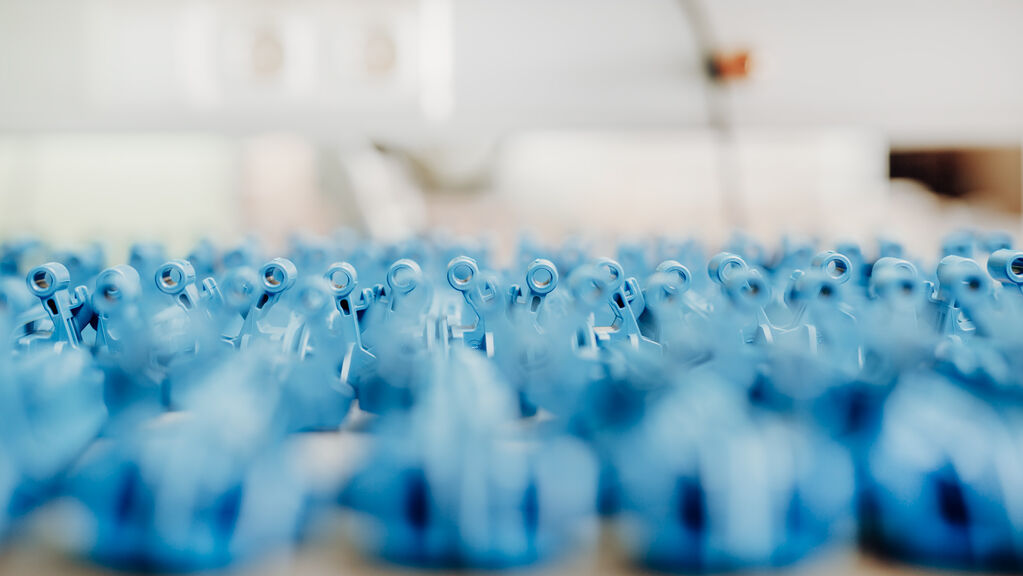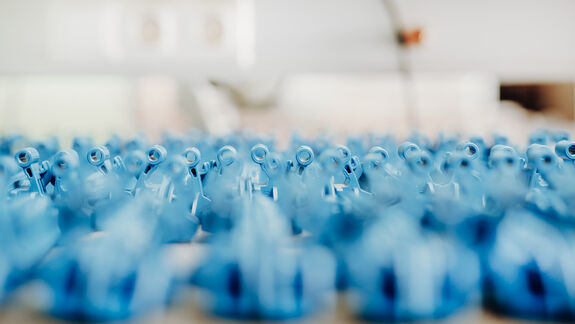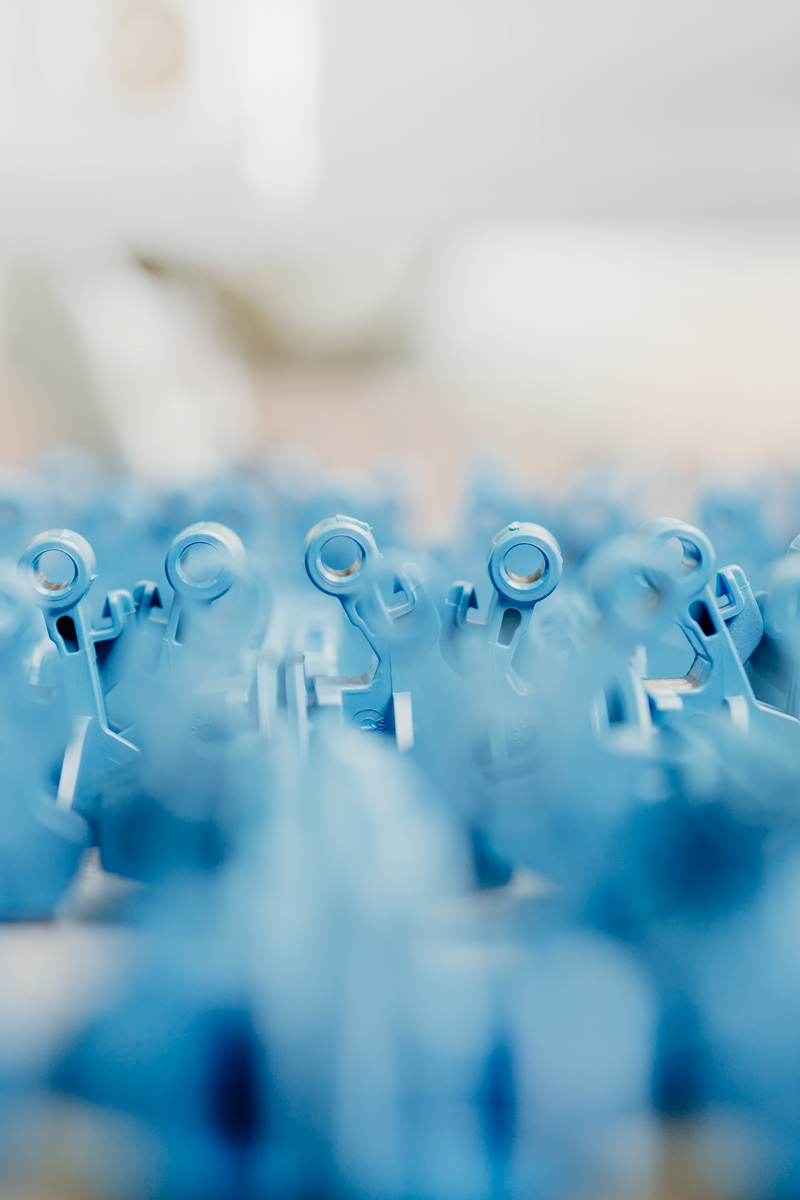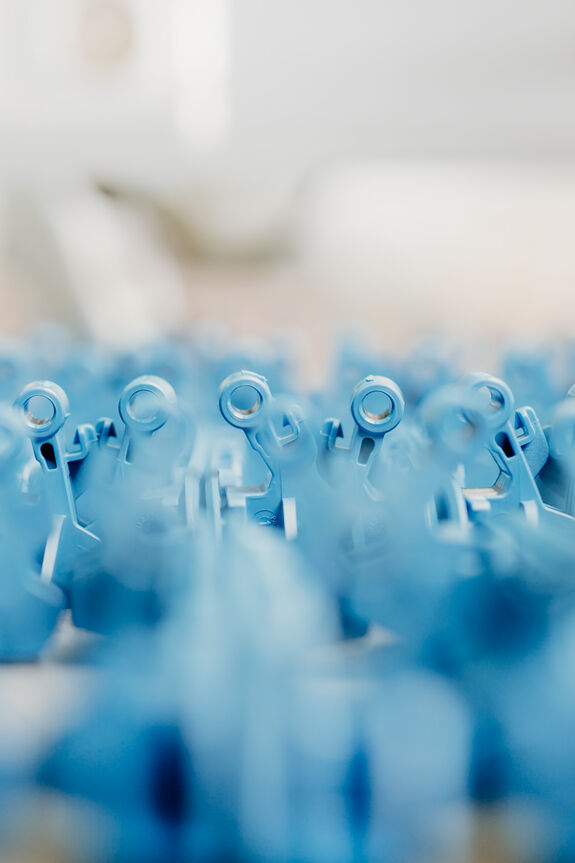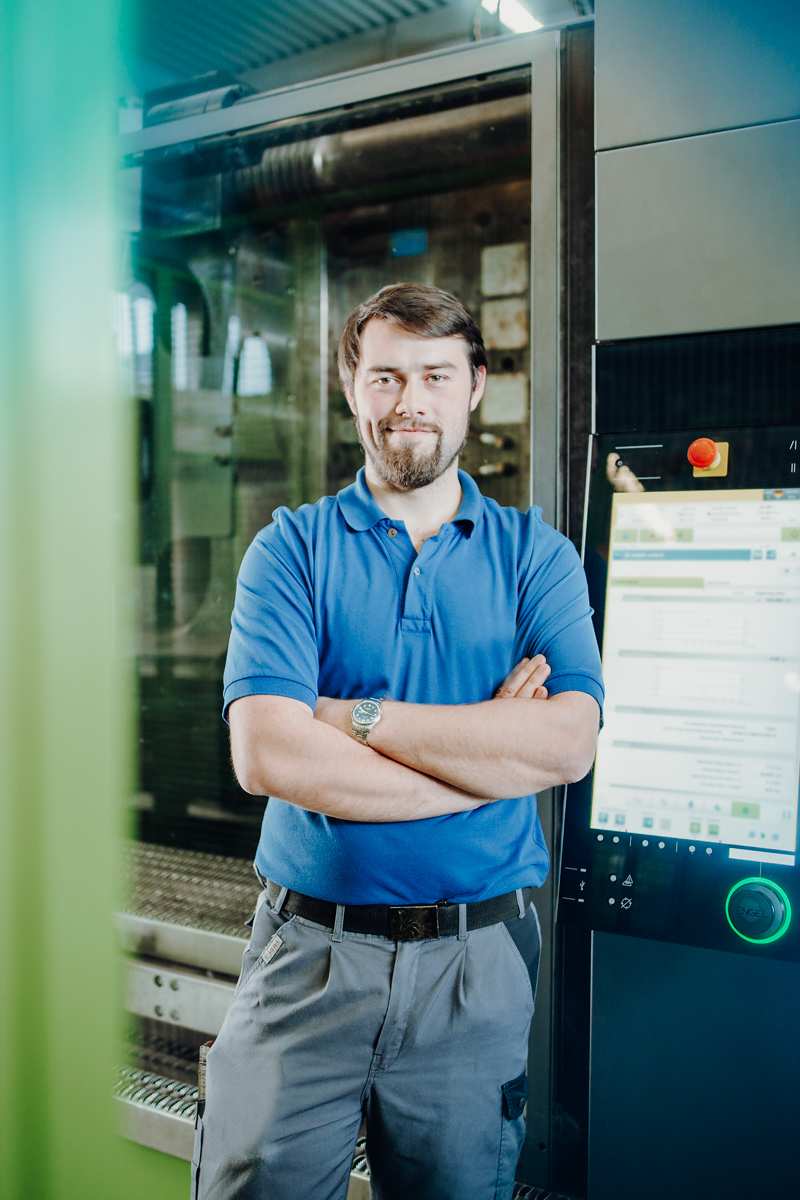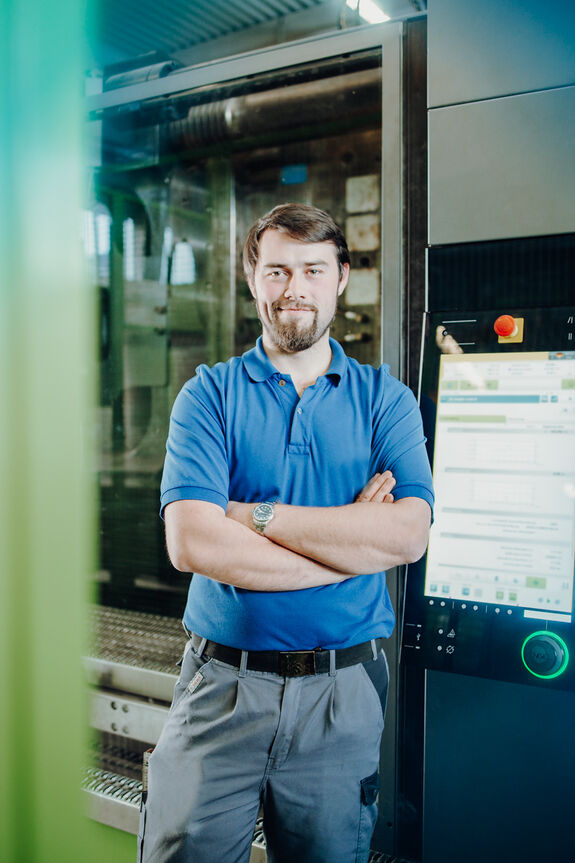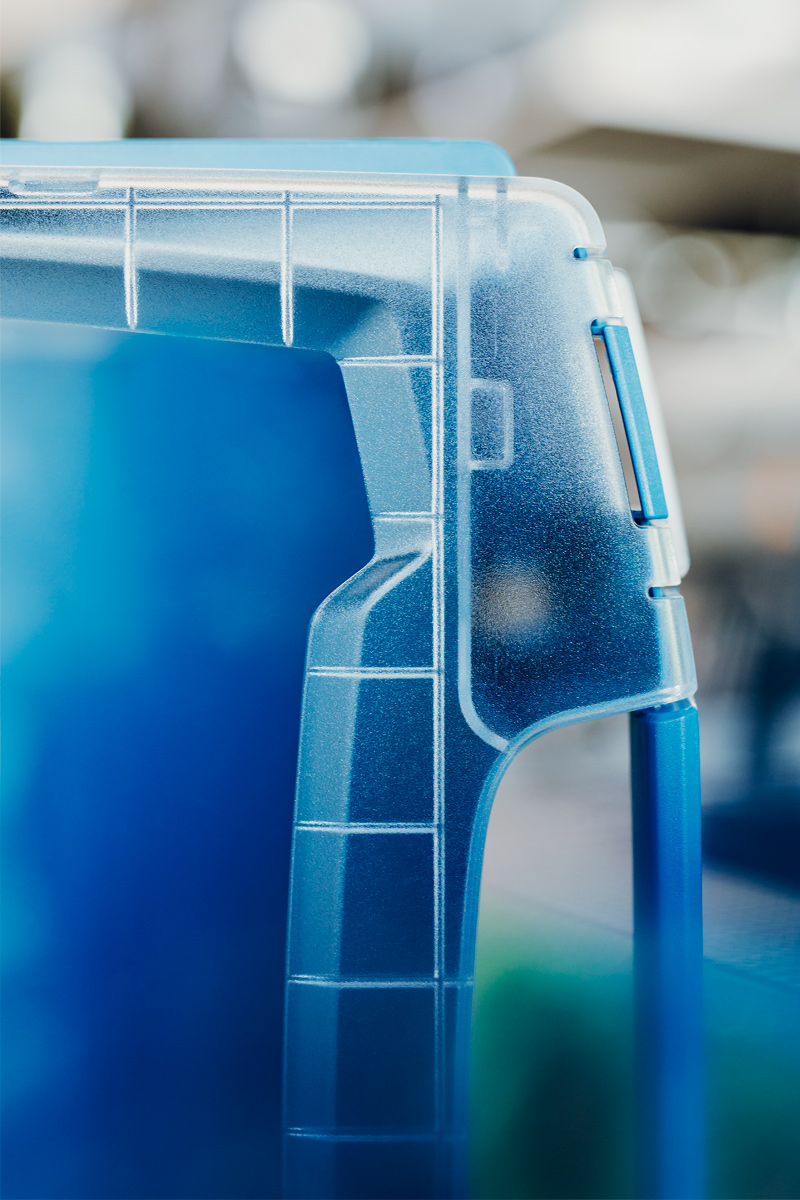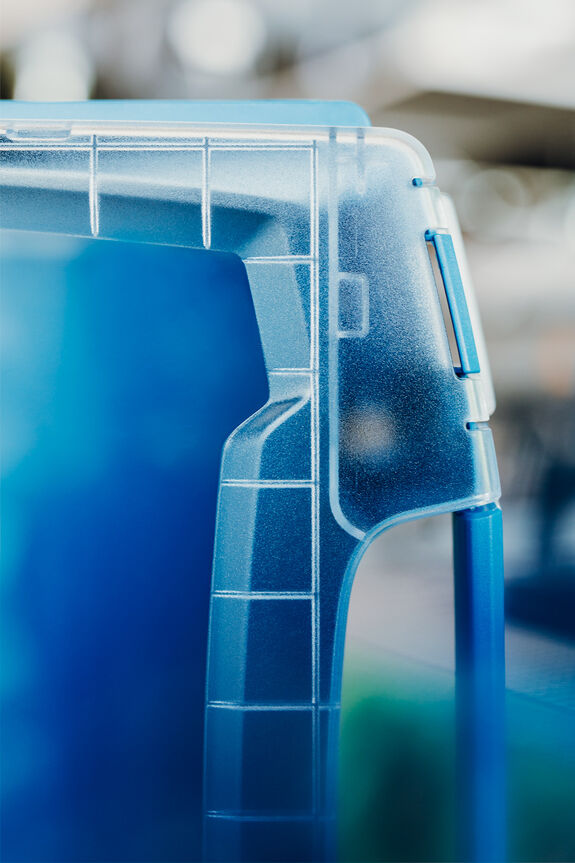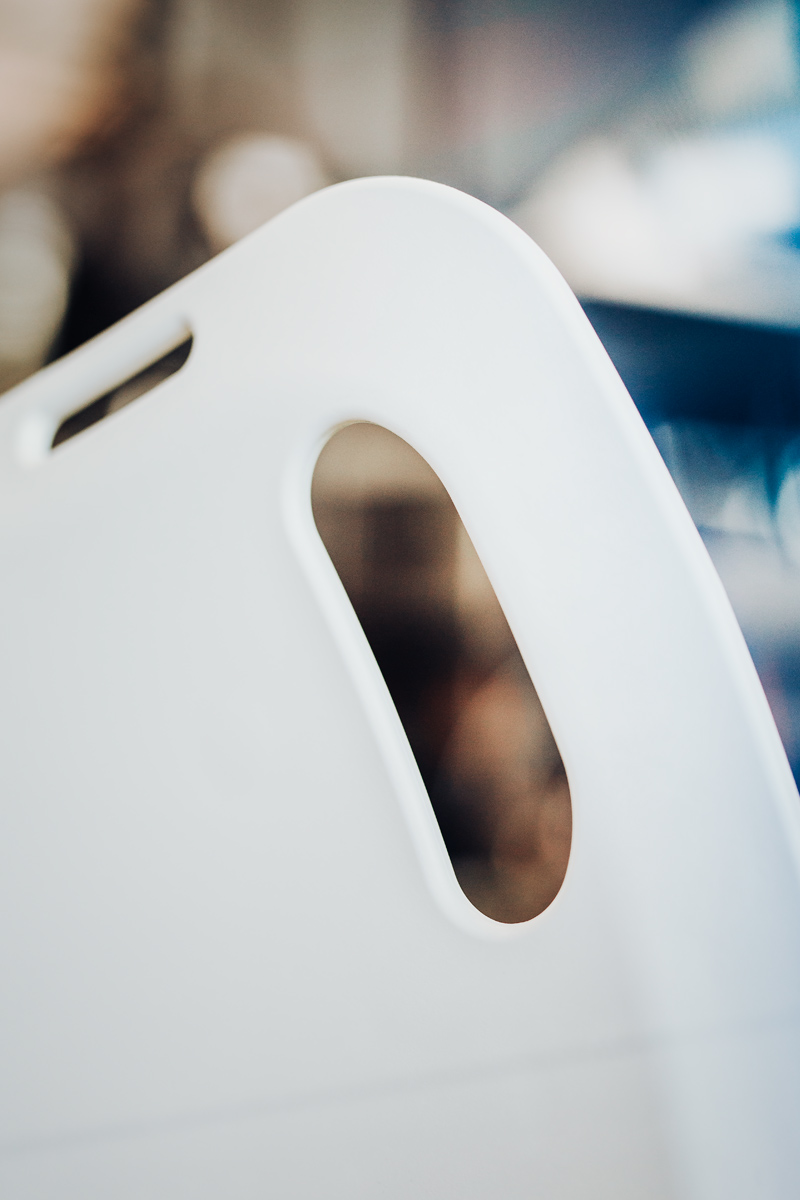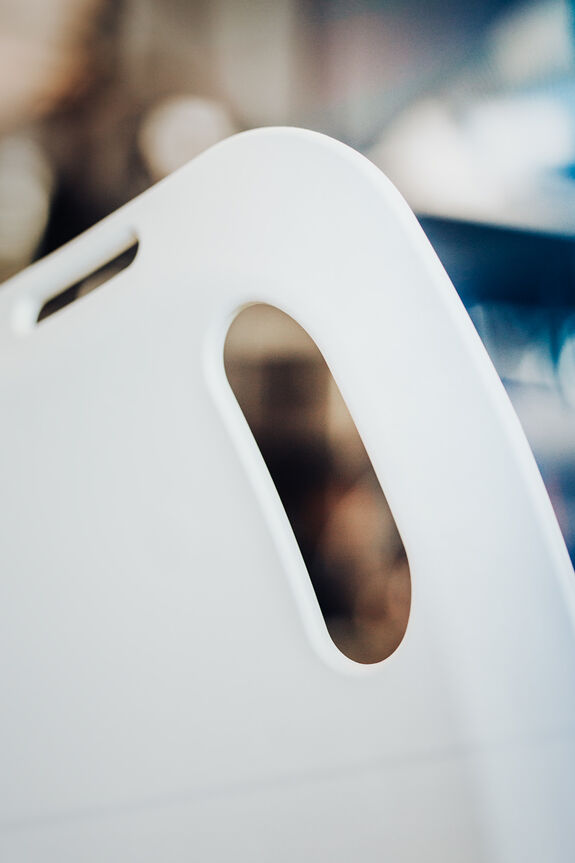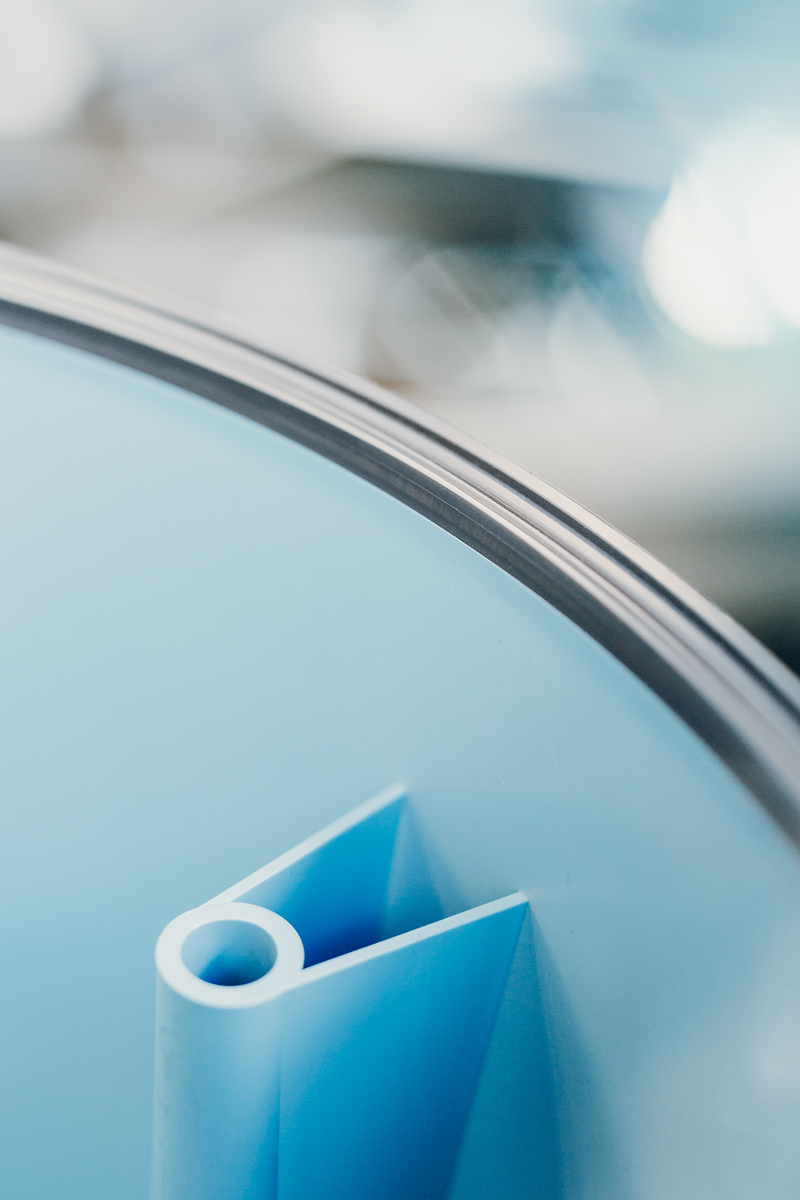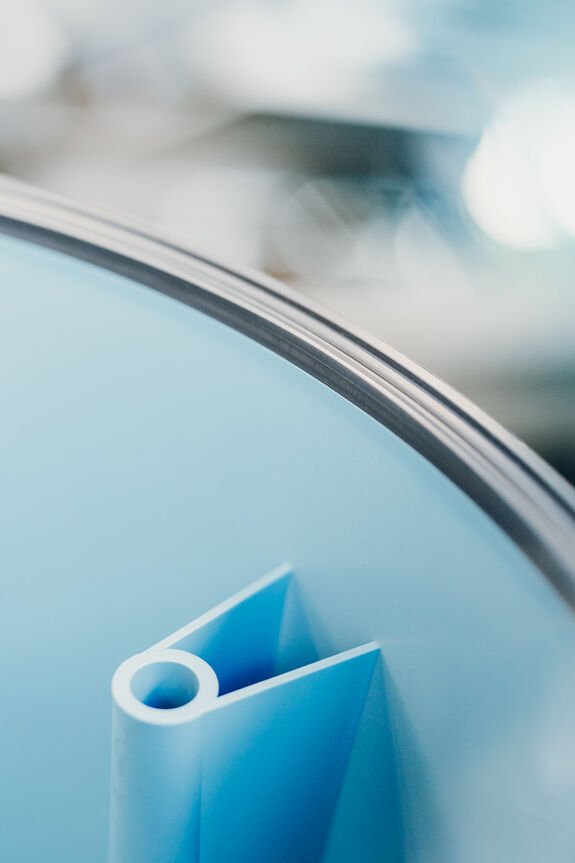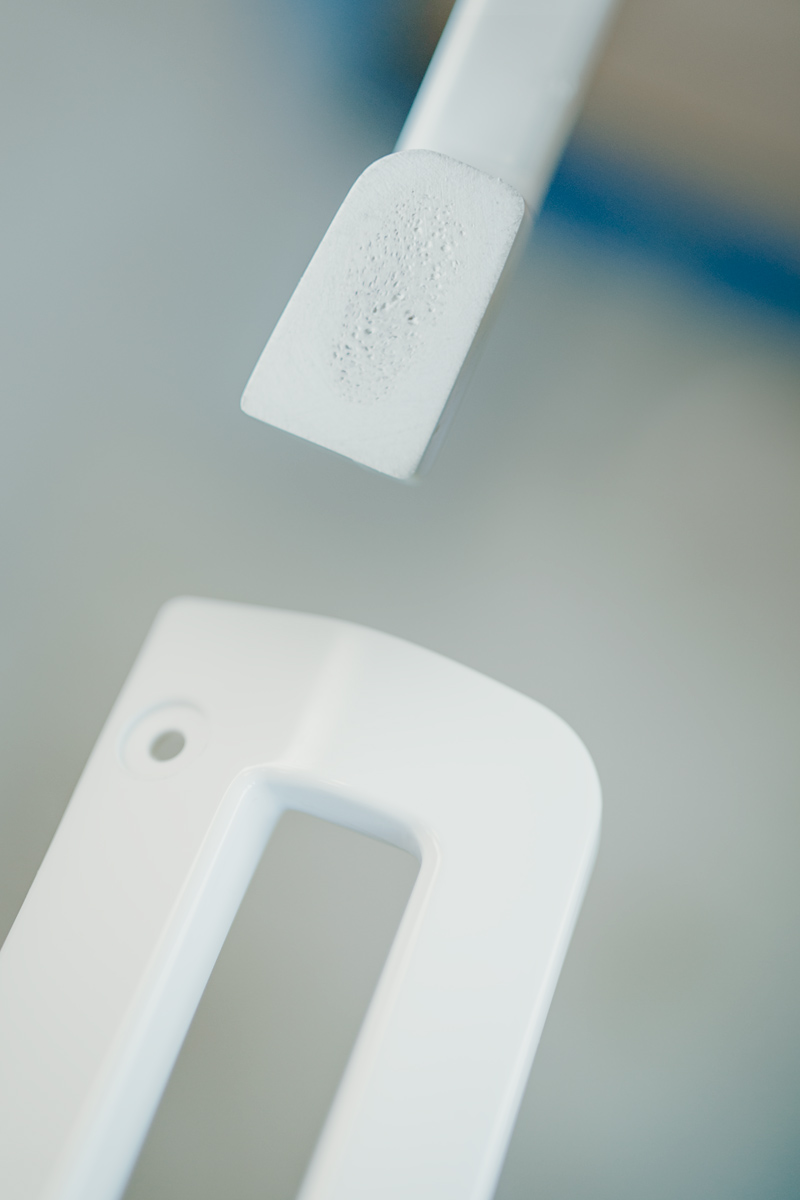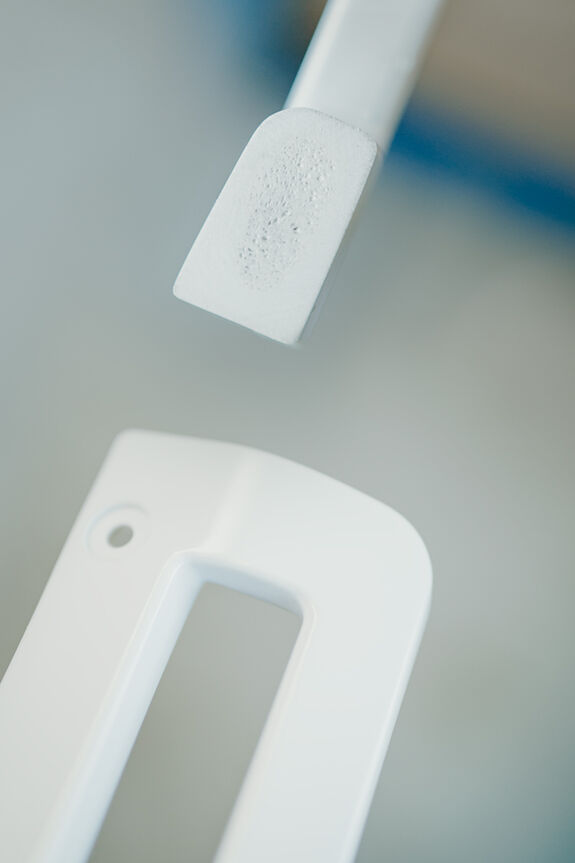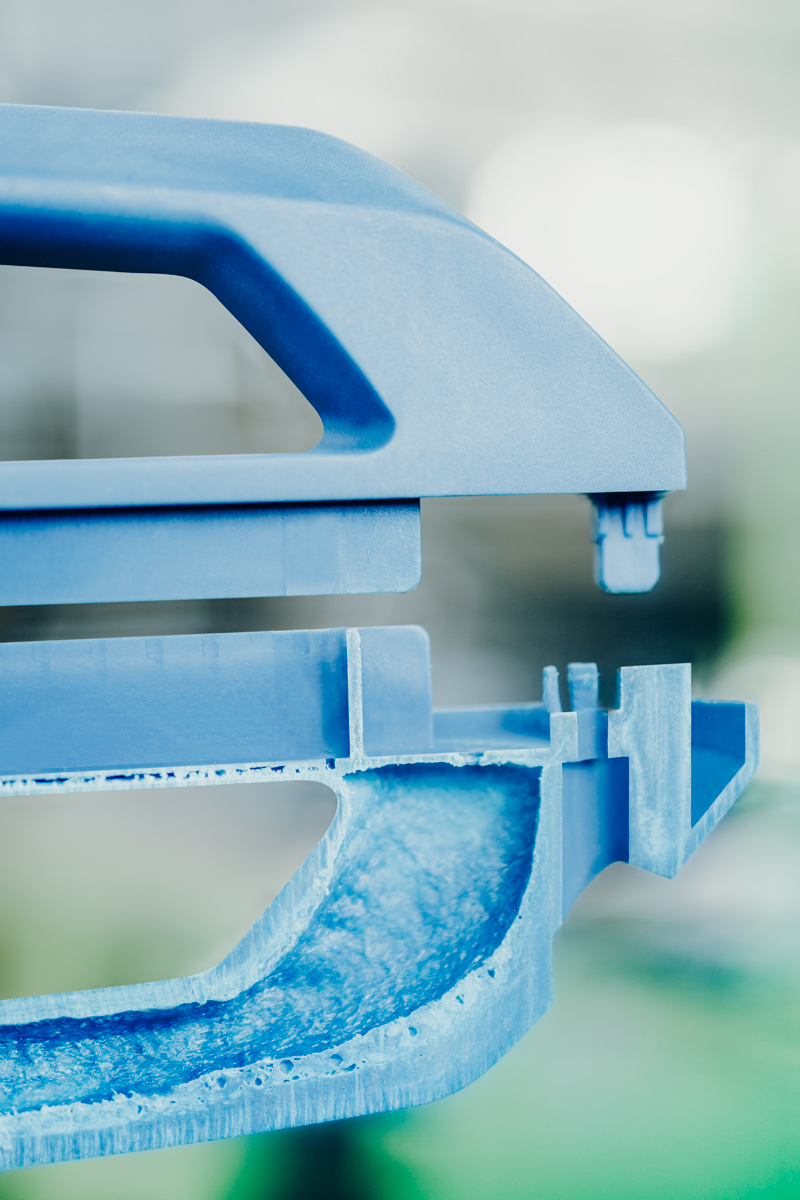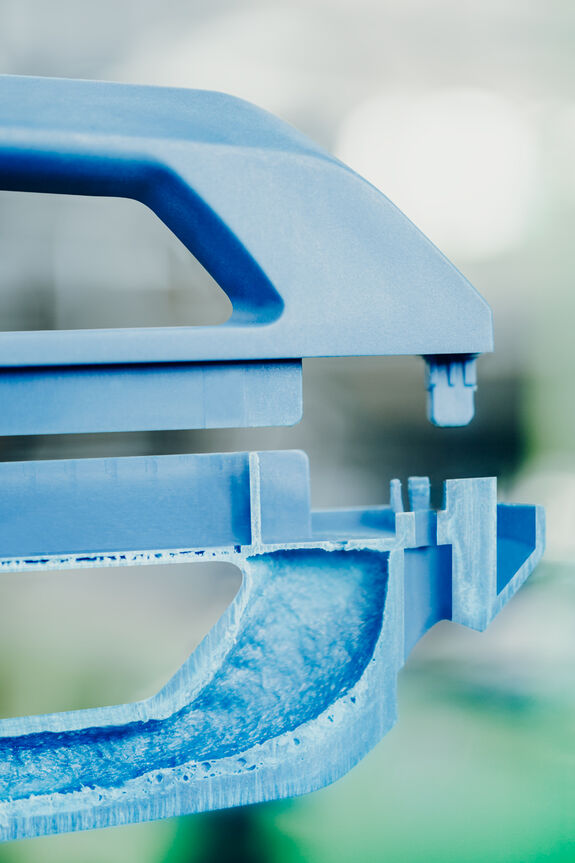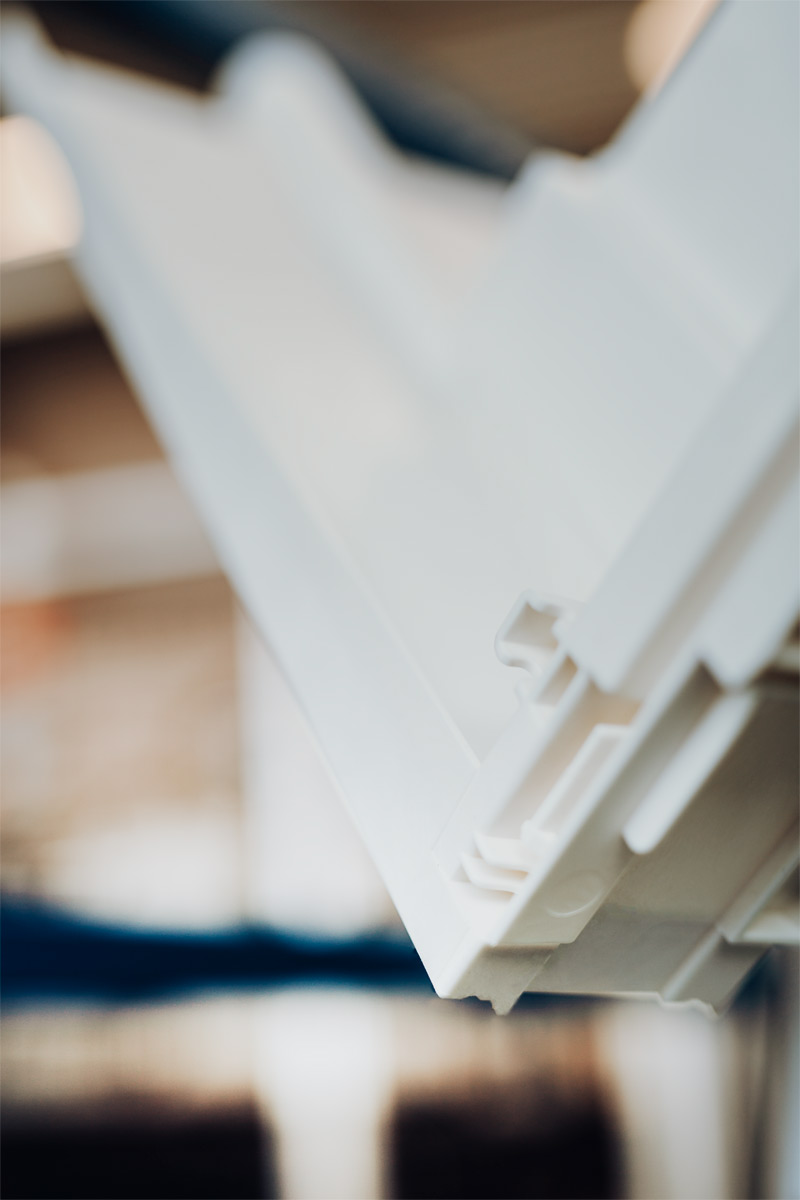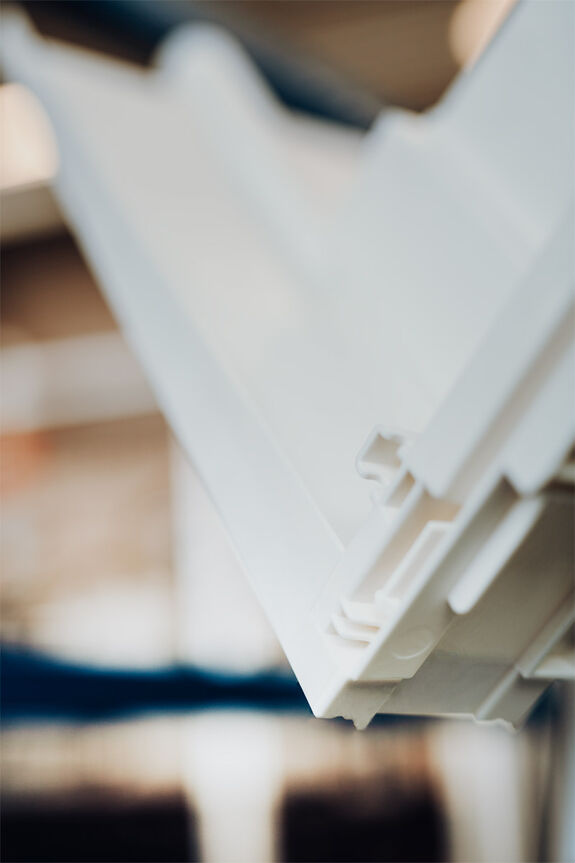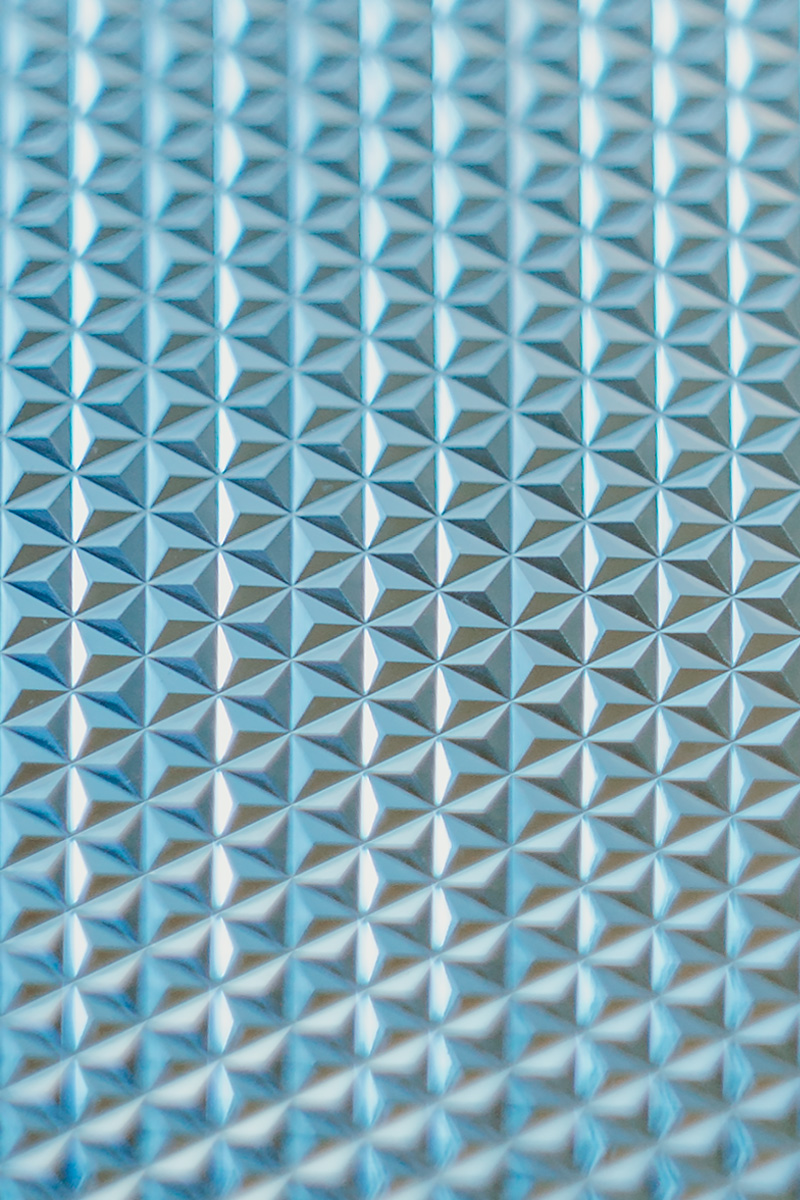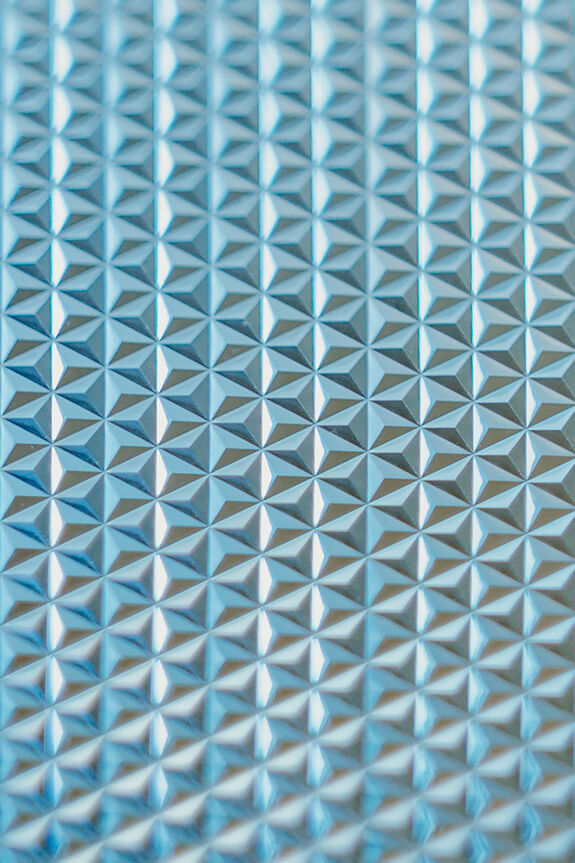OUR TECHNIQUES, YOUR SOLUTIONS
We will help you to choose the right process to suit your needs.
We will get you the right material, optimum technique, best option for post-processing and cheapest route to your ideal product. We do all of this with an eye on our and your quality standards, so we can ensure that your product batch runs smoothly right from the beginning.
COMPACT INJECTION MOULDING
Within compact injection moulding, or single-component injection moulding, we specialise in manufacturing complex, technical parts with a large surface area weighing 0.02–6.5 kg and in complex slider techniques. We use almost all engineering thermoplastics for this.
The skills we offer you:
- Cost-effective production of medium
to large quantities
- Production of high-quality,
precision surfaces on a
wide range of products
SANDWICH INJECTION MOULDING
Sandwich injection moulding involves injecting two components one after the other into the same cavity. The two components are injected one into the other in such a way that the inner component is fully encapsulated by the outer component.
Advantages:
- Compact outer, foamed inner:
Thick-walled moulded components
with no sink marks and surfaces
like that look like compact injection
moulded parts
- Reinforced outer, unreinforced inner:
Good rigidity/strength
at a lower cost on the raw materials
- Soft outer, hard inner:
Sturdy components which look and
feel good
- Virgin outer, recycled inner:
Of interest from a sustainability point
of view due to the use of recycled materials.
MULTICOMPONENT INJECTION MOULDING
Multicomponent injection moulding enables us to combine different materials in a single item. The melt flows are channelled separately into the tool and combined to make a single component using specialist tooling technology.
Advantages:
- Combines different colours
in a single component
- Possible to integrate several functions
in one item
- Combines a hard component
with injected soft packing
- Solid functional components or
handles with a soft-touch surface
THERMOPLASTIC FOAM INJECTION TECHNIQUES
Using chemical foaming, or thermoplastic foam injection, the plastic is foamed using a chemical propellant. This minimises the kind of sink marks that are otherwise unavoidable with thick-walled components.
The thermoplastic foam injection method is characterised by a compact, low-porous outer and a foamed inner layer.
Advantages:
- Thick-walled injection moulded parts
with offset wall thickness
- Minimises sink marks and warpage,
low machine costs as less
clamping force required.
GAS COUNTER-PRESSURE TECHNIQUES
The gas counter-pressure method is particularly suitable for thick-walled rod-shaped items. Gas is used in the production process to hollow out the interior. The cavity is first filled with plastic, then the second component, gas in this case, is fed into the same cavity to form a hollow injection moulded component.
Advantages:
- Reduction in sink marks
and warpage whilst providing
greater flexibility of design.
- Suited to rod-shaped components
with strong walls
- Means thick-walled moulded parts can be made in the right design
with short cycle times while reducing the cost of materials and production.
MUCELL ®
The MuCell® method is used to foam thermoplastics physically. Nitrogen or carbon dioxide can be used as propellants.
Physical foaming can produce a much finer-structured foam than chemical foaming. This significantly reduces the density of the finished item.
Advantages:
- Suited to thin-walled parts
with large flow path-to-wall
thickness ratios
- Reduced density resulting in significantly
lower weight
- Non-tensioned components with
fewer sink marks and less warpage
COINING
In coining, the plastic is injected into a tool which is not fully sealed under next to no pressure. Whilst the plastic is solidifying, the “press cake” evenly distributes the pressure of the tool closing.
Advantages:
- Larger flow path-to-wall
thickness ratios
- Reduced shrinkage
- Avoids sink marks
- Generally less tension and warpage
